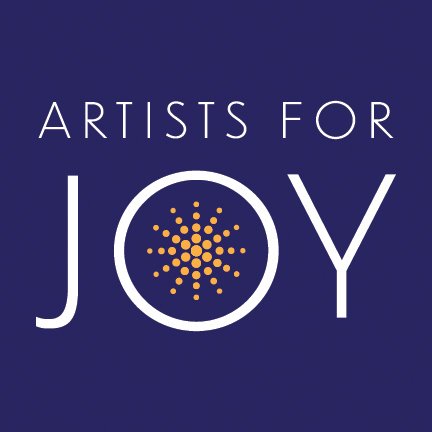*Podcast transcripts aren’t perfect. I’m fine. It’s fine. Really… it’s fine.*
Hello there, Merideth Hite Estevez here. I am the creator and host of Artists for Joy podcast. If you are new here, welcome! This is one of our bonus episodes, they come in between full-length ones, providing some creativity coaching in your earbuds paired with some music from the last full-length show to help you find some time for meditative reflection as well.
So let’s dive in. Last week’s episode was all about my second (of 3) words of the year, that word is Resonance. If you haven’t heard episode 9 in season 3, the one right before this one in the feed, pause this and jump back one. In the episode, I explored this metaphor of resonance for a joyful, sustainable, and wholehearted creative life, and offered the idea that the opposite of resonance is resistance. That is a term of Steven Pressfield, author of “The War of Art”, and resistance is that pull we all so often feel towards keeping things the way they are… in my coaching practice I have chatted with many artists who are able to look at their resistance with curiosity, which is a must, by the way. When you say you want to do this or that thing, like get up early to write, for example, ask the question…what obstacles are standing in my way? Each obstacle is a point of resistance, and they so often have a lot of things underneath them to notice and that’s what today’s self-coaching questions will help you uncover.
Today's music features yours truly playing oboe, three romances by Robert Schumann, an oboe classic. This was recorded, let’s see, many years ago, when I was a student at Yale School of Music, a demo for some auditions. Since I was successful at that audition, I guess this recording was acceptable. The pianist was the very talented Jeanette Fang. I love this piece because when you do a little digging in Robert Schumann’s bio you’ll see that it was one of the pieces he wrote when he was experiencing, a ringing in his ears, tinnitus, I believe it’s called. And so this note A was ringing in his ears, and so his solution was to write a piece that would harmonize with the note A. And so this piece is written in keys where the note A fits right in. I think it’s perfect for this idea of resistance. What a great example of creating in tandem or collaboration with the resistance. Make it work. Schumann was a master of that, I would say.
As you listen, consider the following questions about your own resistance:
When you look at the distance between who you are and your dreams or goals, what would it take to get you where you want to go? What stands in your way? Write down a few goals and the resistance that shows up when you take steps in that direction, as you listen to the first movement.
Take one or two of the obstacles you are experiencing as resistance and lift them up with curiosity. What feelings, fears, or resentments are under them?
Lastly (and this question comes from Julia Cameron’s the artist’s way)--How are you benefiting from staying blocked? From letting the resistance stop you? For example, as long as that project is in the future, it can be perfect like you need it be. So you’re benefiting from being blocked because you feel safe and in control when you aren’t in the messy middle. How are your blocks serving you? How does the resistance benefit you?
Reflect on this or whatever else is on your mind as you listen to the final movement. I’ll be back next week with a full-length episode, until then, take good care
